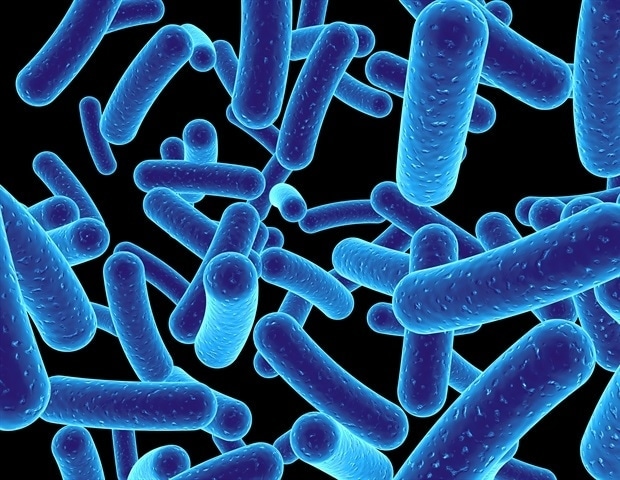Researchers at Umeå University in Sweden have revealed details on how bacteria use calcium to regulate vital processes, in a way that differs from human cells. This breakthrough is significant in the fight against antibiotic resistance and for increasing safety in food production.
Calcium ions are important messengers in the cells of plants, animals, and humans. They help regulate vital processes such as nerve impulses, stress responses, and heartbeats. In a study published in the scientific journal Science Advances, a research team at Umeå University has shown how a protein in Listeria bacteria transports calcium differently from eukaryotic cells (such as those in humans or plants).
The protein, called LMCA1, helps the bacterium—which can cause food poisoning—survive in harsh conditions, such as when it is exposed to the human immune system or the basic environments used to kill bacteria in commercial food production.
“The results are therefore particularly interesting for the development of new drugs against bacterial infections and for the food industry,” says Magnus Andersson, Associate Professor at the Department of Chemistry, who leads the research team.
The team has developed a method using synchrotron X-rays to study the movements of proteins as they perform their functions. Thanks to this method, they can now track how the LMCA1 protein changes its structure to transport calcium and also measure how quickly this occurs. They have also succeeded in capturing LMCA1 at the critical moment when the protein binds calcium during transport through the cell membrane.
It was amazing to be able to see this for the first time. By also identifying clear differences between calcium transport in eukaryotic and prokaryotic systems, our study has taken an important step toward the development of new antimicrobial strategies and ensuring safety in food production.”
Magnus Andersson, Associate Professor, Department of Chemistry, Umeå University
Much is known about how calcium is managed in complex organisms like humans. But it is only recently that researchers have begun to discover how bacteria, which are simple single-celled organisms, handle calcium. They lack organelles, such as mitochondria, which typically help regulate calcium levels. Despite this, bacteria can still respond to changes in calcium levels, particularly under stress conditions like exposure to toxins or during infections.
When calcium levels in humans are out of balance, it can lead to diseases—such as neurological, muscle-related, and cardiovascular diseases.
“It is particularly exciting that the work has also led to funding from the National Institute of Health in the USA, which will finance a new collaboration with the University of Michigan. We will now use the methods we have developed to produce molecules that can activate calcium transport proteins in cases of heart failure,” says Magnus Andersson.
Source:
Journal reference:
Prabudiansyah, I., et al. (2024). Dephosphorylation and ion binding in prokaryotic calcium transport. Science Advances. doi.org/10.1126/sciadv.adp2916.
Source link : News-Medica

